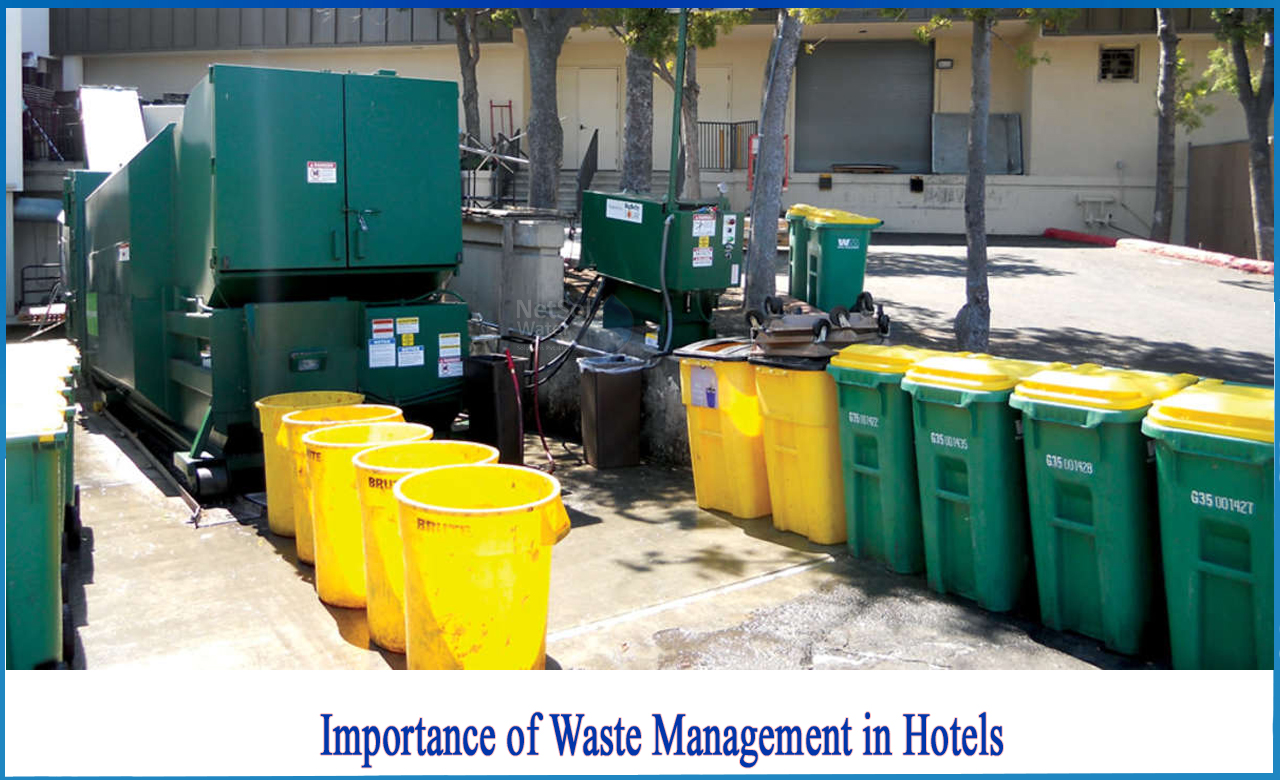All about Reclaim Waste
All about Reclaim Waste
Blog Article
Unknown Facts About Reclaim Waste
Table of ContentsReclaim Waste - TruthsThings about Reclaim WasteFascination About Reclaim Waste10 Easy Facts About Reclaim Waste ShownThe Best Strategy To Use For Reclaim Waste
Residential sewage waste refers to the waste and products from a domestic septic storage tank. The appropriate management and disposal of residential sewage waste need liquid waste to be transferred to a sewer treatment plant where the proper methods and tools are used to purify and dispose of waste.
Commercial waste usually consists of prospective threats, such as combustible products or a mixture of fluid and solid waste items, and calls for an extra innovative and thorough disposal process. The disposal of business waste commonly includes the purification of waste prior to transport to guarantee secure and proper disposal. Industrial waste is created from results and runoff of commercial processes and manufacturing.
This type of waste can not use the same sewage management transport or procedures as septic or business liquids. The hazardous waste monitoring process requires the inspection and testing of fluid waste before it goes through the disposal process (liquid waste removal melbourne). Overflow waste is the liquid waste that comes from runoff and excess stormwater in very booming locations or cities
Runoff waste can trigger contamination and flooding otherwise handled properly. Find out more concerning drain cleansing and waste management. Making certain correct waste monitoring can avoid calamities and minimize environmental injury. Both people in residential settings and professionals in business or production sectors can take advantage of comprehending the procedures and regulations of fluid waste monitoring.
The smart Trick of Reclaim Waste That Nobody is Talking About
Contact PROS Solutions today to discover our waste management and disposal services and the correct ways to look after the fluid waste you generate.
(https://www.slideshare.net/leonaube33101)Do you know what happens to your water when you pull the plug, purge the toilet or drain the washing device? No? Well, it's worth knowing. This so-called 'wastewater' is not only an important source however, after therapy, will be launched to our land, waterways or the ocean. Used water from toilets, showers, baths, kitchen sinks, washings and industrial processes is referred to as wastewater.

water made use of to cool down machinery or tidy plant and equipment). Stormwater, a type of wastewater, is overflow that streams from farming and urban areas such as roofings, parks, yards, roadways, courses and seamless gutters right into stormwater drains, after rain. Stormwater moves neglected straight to neighborhood creeks or rivers, at some point getting to the sea.
Getting My Reclaim Waste To Work
In Queensland, most wastewater is dealt with at sewer treatment plants. Wastewater is transported from domestic or industrial sites through a system of sewers and pump terminals, understood as sewage reticulation, to a sewage treatment plant.
The Department of Natural Resources advises city governments regarding handling, operating and preserving sewerage systems and therapy plants. In unsewered areas, city governments may call for householders to mount individual or household sewer treatment systems to deal with domestic wastewater from bathrooms, kitchens, bathrooms and washings. The Division of Natural Resources authorises using household systems when they are confirmed to be effective.
In some brand-new communities, therapy of some stormwater to eliminate clutter, sand and gravel has begun utilizing gross pollutant traps. Wastewater treatment happens in 4 phases: Eliminates strong issue.
Wastewater then moves right into large containers where solids settle and are eliminated as sludge. Oil and scum are skimmed from the surface. Makes use of small living microorganisms called micro-organisms to damage down and remove staying liquified wastes and fine fragments. Micro-organisms and wastes are incorporated in the sludge. Removes nitrogen and phosphorus nutrients that can cause algal flowers in our rivers and endanger aquatic life.
The Ultimate Guide To Reclaim Waste
Nutrient removal is not available at all sewer treatment plants because it calls for costly specialist devices. Clear fluid effluent produced after treatment might still include disease-causing micro-organisms - liquid waste removal melbourne.

A lot of wastewater streams right into the sewerage system. Under the Act, neighborhood federal governments administer approvals and permits for ecologically relevant activities (ERAs) including wastewater releases that could have a regional effect.
The 30-Second Trick For Reclaim Waste
Monitoring gives factual details regarding water high quality and can confirm that licence problems are being met. The details gotten through monitoring gives the basis for making water quality choices.
Report this page